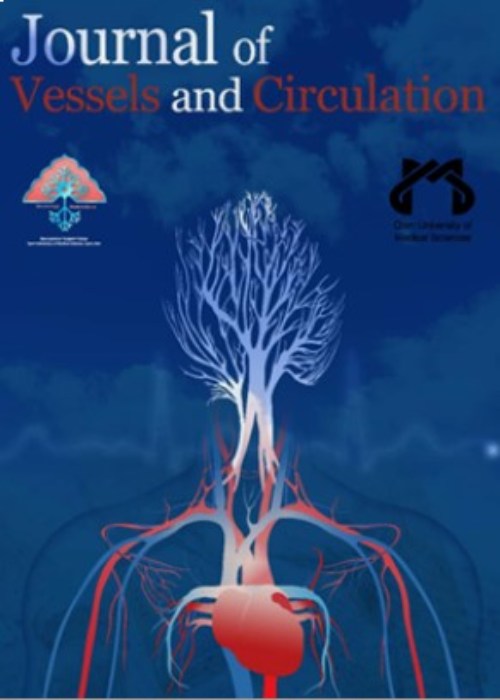An Update on Diagnosis and Treatment of Cerebral Venous Thrombosis in Adults: A Narrative Review
Cerebral venous thrombosis (CVT) is a relatively common disorder of the cerebral venous system accounting for less than 1% of all strokes with a higher prevalence in Iran. Despite the considerable advances in recent years, the diagnosis and treatment of CVT are still challenging predominantly in the emergency setting. Therefore, the present study sought to provide an update on the diagnosis and treatment of CVT.
PubMed, Web of Science, Google Scholar, Scopus, Elsevier, and Iranian domestic scientific databases were searched within January 1, 2000, to July 1, 2020. In all the electronic databases, the keywords (in the title/abstract) of “cerebral vein thrombosis” OR “CVT” OR “Cerebral venous sinus thrombosis” OR “CVST” AND “risk factor”, “diagnosis”, “treatment”, and “prognosis” were searched. The unrelated articles, studies not concerning humans or pediatric population, and case reports were excluded from the study. In addition, the articles related to CVT in association with coronavirus disease 2019 infection were excluded from the present review.
According to the findings of the present study, the diagnosis of CVT might be delayed due to a wide range of clinical manifestations from a subacute headache with or without the signs of intracranial hypertension to the acute focal neurologic deficit and even loss of consciousness. Although the diagnosis is typically based on brain magnetic resonance imaging and magnetic resonance venography, there has been evidence suggesting that the plain computed tomography markers with an attenuation value of > 60.4 Hounsfield unit (HU) and Hounsfield-hematocrit (H: H) ratio of > 1.42 are specific enough for the diagnosis regardless of confirmatory imaging, such as venography. Additionally, the usefulness of D-dimer is still debatable, and an unacceptable false-negative rate of up to 26% has been illustrated. In terms of therapeutic aspects, although warfarin is still the mainstay of treatment, there has been increasing interest in new oral anticoagulants with promising results in both thrombus recanalization and excellent functional recovery. Balloon angioplasty and mechanical thrombectomy might also be considered in severely progressive cases without response to conventional treatments. It is worth mentioning that even for those achieving favorable outcomes, CVT can remain a disabling condition leading to at least neuropsychiatric complaints.
The CVT is a rare and important cause of stroke accounting for less than 5% of all strokes mainly affecting young females. With regard to the rarity of the disease and novelty of the therapeutic approaches, there is a long way to fully identify the best diagnostic and therapeutic approaches to the disease.
- حق عضویت دریافتی صرف حمایت از نشریات عضو و نگهداری، تکمیل و توسعه مگیران میشود.
- پرداخت حق اشتراک و دانلود مقالات اجازه بازنشر آن در سایر رسانههای چاپی و دیجیتال را به کاربر نمیدهد.


